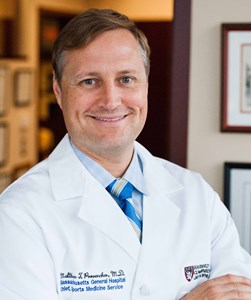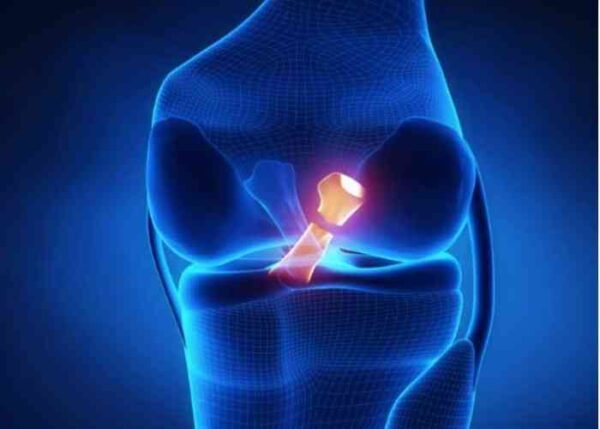ACL Surgeon

Are you an athlete who participates in sports that involve jumping or quick stopping? If so, you may be at risk of tearing your anterior cruciate ligament, or ACL. An ACL injury is one of the most common injuries suffered by athletes. ACL specialist, Dr. Matthew Provencher provides diagnosis and both surgical and nonsurgical treatment options for patients in Vail who have suffered an ACL injury. Contact Dr. Provencher’s team today!
What is an ACL Reconstruction?
The anterior cruciate ligament (ACL) is located in the front (anterior) of the knee and crosses (cruciate) in front of the posterior cruciate ligament (PCL). The ACL is the most commonly torn ligament in the knee joint, commonly seen in athletes and active individuals. Athletes are at an elevated risk of an injury to the ACL since they are actively involved in running, sudden change in direction and abrupt stopping. A patient may require an ACL surgery to repair the damage and to return stability and overall function to the knee if any injury occurs. Dr. Matthew Provencher, Vail, Aspen, Colorado Springs and Denver, Colorado area orthopedic knee surgeon, specializes in ACL reconstruction so athletes and other active individuals can return to the sporting activities they love.
What is an ACL Tear?
The main function of the ACL is to prevent the shinbone (tibia) from moving too far forward in relation to the thighbone (femur). When the ligament is stretched beyond its normal range of motion during a traumatic event, it can experience a mild stretch to a complete tear. Many patients report hearing a “popping” sound at the time of injury, followed by joint pain and swelling.

What are the Treatment Options for an ACL Injury?
If the ACL becomes damaged, an ACL surgery is commonly recommended by Dr. Provencher since the ligament does not heal on its own due to its poor blood supply and general knee anatomy. Certain patients may be prescribed non-surgical measures, such as a physical therapy rehabilitation program, but many active patients will opt for an ACL reconstruction so they can return to their pre-injury activity level.
Does an ACL Tear Require Surgery?
An ACL tear requiring surgery is typically repaired with an ACL reconstruction. Dr. Provencher will begin the surgical procedure by examining the inside of the knee joint with an arthroscope (tiny camera) and special surgical tools. Once he determines injury severity, the surgical tools will be used to remove the damaged ligament ends, as well as any other areas of soft tissue damage. Dr. Provencher will then reconstruct the torn ligament using a graft, either an allograft or autograft, with the purpose of restoring the stabilizing properties of the native ACL. An autograft is donor tissue harvested from the patient, while an allograft is tissue harvested from a donor. The overall goal of ACL reconstruction is to properly place and secure a replacement graft in the proper position to ensure the best outcomes via an anatomical reconstruction. Based on each individual patient’s indications and lifestyle, the appropriate graft type, approach, and post-operative management will be chosen.
What is the Recovery Following ACL Reconstruction?
Following a reconstructive ACL surgery, patients will be placed in a knee brace for a predetermined amount of time and encouraged to utilize crutches for about two weeks. Dr. Provencher will prescribe a physical therapy rehabilitation program aimed at restoring strength, range of motion and overall mobility to the repaired joint. It is strongly suggested that patients work with the in-house physical therapists at Howard Head Sports Medicine to optimize their rehabilitation. Depending on graft type and specific ACL reconstruction performed by Dr. Provencher, most patients can expect a full return to athletic activities in approximately 6-9 months.
For additional resources on ACL reconstruction, or to learn more about ACL surgery techniques, please contact the office of Dr. Matthew Provencher, orthopedic knee surgeon in the Vail, Aspen, Colorado Springs and Denver, Colorado area.